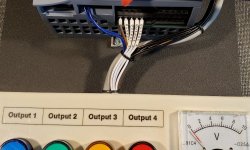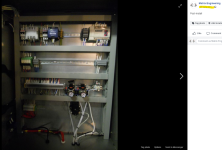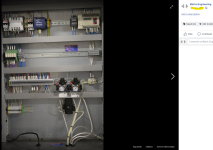the_msp
Lifetime Supporting Member
I've been using a Brady TLS 2200 since 2008. It's still running to this day, on the original battery (rechargeable), but the software that came with it is XP only and it's about time for an upgrade.
I was doing some mods to a panel and found the idents as attached. Lucky for me, the original installer even left a few pre-printed 'spares' at the bottom.
I like the style of this type. Yes, I would need to buy different ident sizes for different wire sizes, but generally, 90% of my stuff if 0.75, about 8% 0.5, the other 2% 1.5 and 2.5 and anything else is someone else's problem (all sizes in Sq. MM CSA).
Does anyone know what brand these are, and the price of the printer?
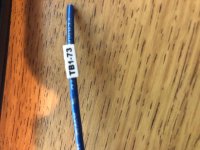
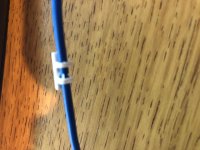
I was doing some mods to a panel and found the idents as attached. Lucky for me, the original installer even left a few pre-printed 'spares' at the bottom.
I like the style of this type. Yes, I would need to buy different ident sizes for different wire sizes, but generally, 90% of my stuff if 0.75, about 8% 0.5, the other 2% 1.5 and 2.5 and anything else is someone else's problem (all sizes in Sq. MM CSA).
Does anyone know what brand these are, and the price of the printer?






